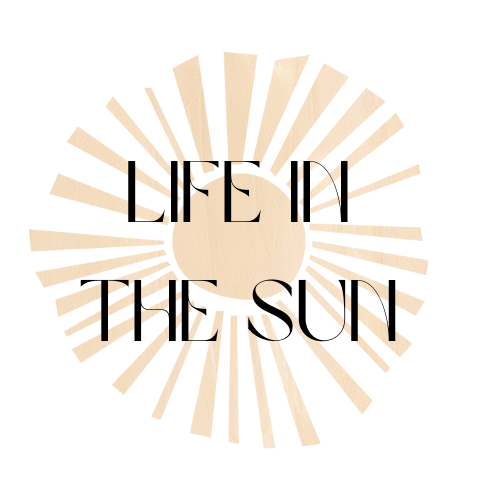What is a warm-up?
A thorough warm-up begins with exercises and stretches followed by more specific steps and movement combinations, that gradually build to cause perspiration without becoming out of breath. As muscles get warmer, they also become more flexible. The best muscle warmer is your own circulation, so the trick is to increase your blood flow by slowly exercising. In addition to tuning your body, this also cuts down on muscle soreness after exercise.
In her precise definition of the term ‘warm up’ Shelloch (1983) suggests:
Each class should include a section of continuous movement of 15 minutes or longer which uses large muscle groups and is of sufficient intensity to increase the internal body temperature by one or two degrees so that the dancer begins to perspire. This temperature elevation allows more efficient energy production to fuel muscle contraction, increases the flexibility of the tissue, allows for faster relaxation and contraction of muscle, and increases the rate of transmission of messages along the nerves.
‘Internal body temperature’
During summer, the differences between being warm and warming up are not always obvious. The sweat pouring down your face at the beginning of class may be caused by stress related to a new environment, a different teacher or the combination of other seemingly unrelated factors. A dancer might have a hot shower, apply liniment, put on woollen body tights, sit next to the heater and be convinced that he or she had warmed-up! (This is a sure sign of a short career.)
A thorough warm-up includes general preliminary mobility exercises and stretches followed by more specific steps, movements and combinations, initiated gradually and vigorous enough to cause perspiration without becoming out of breath.
Elements of a warm up
Circulation
During warm-up blood flow increases to the muscles and decreases to the digestive organs. Hard or constant exercise increases blood flow and transfers warmth to the skin. This transition occurs with muscle activity and is necessary so that the exercise can continue for an extended period.
Psychological factors can also influence circulation, and this transition can begin before muscle activity. Fear and the adrenalin shock that follows, or mental exercises such as biofeedback, 1 yoga, meditation and autogenic training can also influence the circulation. Circulation and breathing stabilises after about 3–6 minutes of muscle activity
Joints
When you move, the volume of fluid and thickness of cartilage in the joints increases, which improves the joint's ability to absorb shock and prevents direct wear on the bones. Movement in the joint increases blood flow and raises the temperature, increasing elasticity in the joint's supporting tissue. This transition happens within 10 minutes of starting the movement and is almost completely gone 30 minutes after you complete the movement. So, if you have a 30 minute break, you must warm up again!
Muscles
An increase in the muscle's temperature, which can be as low as 30°C when resting, improves the muscle's performance ability. To do hard exercise, muscle metabolism must begin, and it needs an increase in oxygen flow through the blood.
Nerves
Nerve impulses travel faster in warm muscle and muscle viscosity is lower, making contraction easier and more efficient. The best temperature for the speed of chemical reactions and metabolism in muscle functioning is about 38.8°C to 39.4°C. The only efficient way for the muscle to reach this temperature is by exercising it.
Relaxation/concentration
Relaxation can improve the interplay between the contracting muscles (the agonists) and the muscles being released to allow movement (the antagonistics) and increase the exercise effectiveness. Lack of concentration because of tiredness or stress increases the risk of injuries. Both concentration and relaxation are techniques you can learn.
How to cool down safely
After any activity where the circulatory and breathing rates have increased, it is helpful to slowly reduce the exercise rate and reverse the warming up principles. To reduce stress on the body and allow pulse and breathing rates to return gradually to normal, you should continue moving rather than suddenly stopping. Slowly reduce the intensity and stretch the muscles by holding a passive stretch 2 for at least 15 seconds. This way, your body should more efficiently distribute the bi-products of exercise (lactic acid) preventing the risk of muscle soreness and potential injury.
You can cool down in 10 minutes. So it is important to add this to your dancer's repertoire no matter what your level of skill.
Also consider
- adding a cool down period before a warm shower
- rehydrate fluid levels at this time
- wear warm, dry clothing
SHOP FOR SOME COMPRESSION GEAR AND WINTER WARMERS TODAY AND RECEIVE FREE SHIPPING - valid till July 1, 2015!
